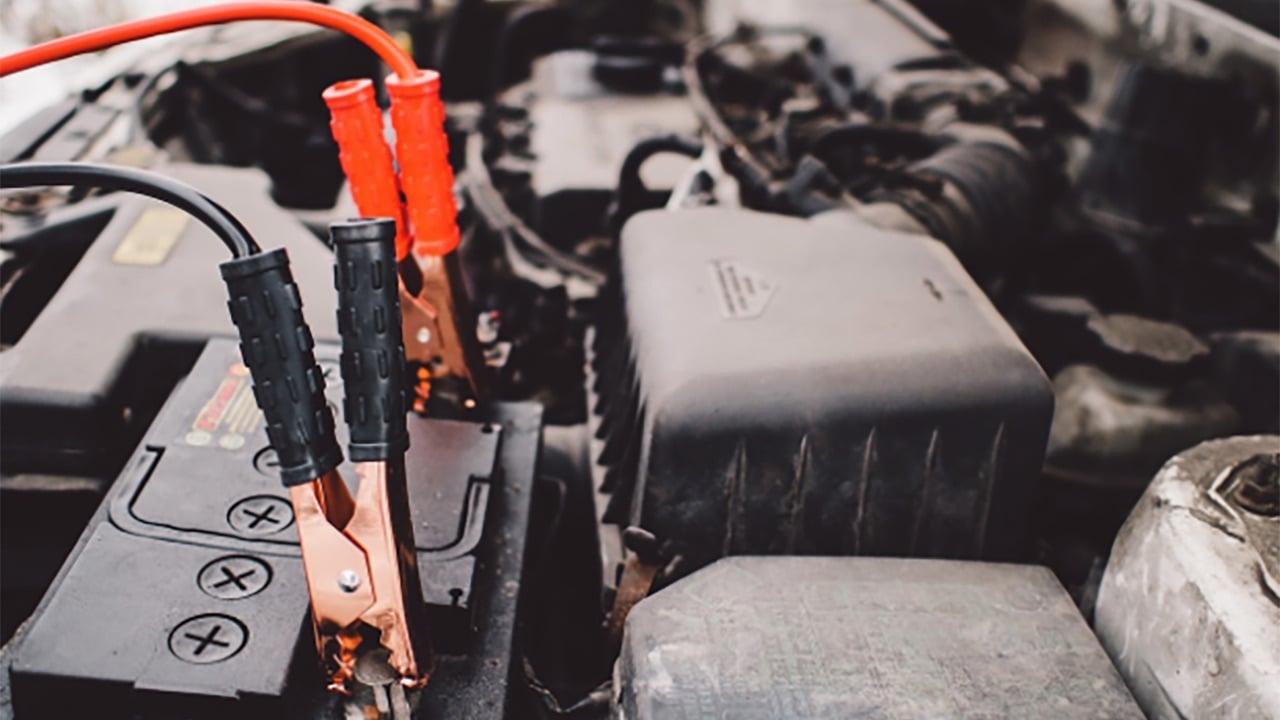
Image by StockSnap, from Pixabay
Battery Breakthrough: Combining Sodium, Solid-State, and Anode-Free Technologies in One Battery
Researchers from the University of Chicago and the University of California, San Diego, published this week the world’s first anode-free sodium solid-state battery. This marks a significant advancement in energy storage technology. This innovation aims at producing more affordable, fast-charging, and high-capacity batteries for electric vehicles and grid storage.
While scientists have explored sodium, solid-state, and anode-free batteries before, this research marks the first time all three elements have been successfully combined. By removing the anode and utilizing sodium instead of lithium, the team has created a cost-effective alternative to current lithium-ion batteries.
Regular batteries have two parts: an anode (like a storage tank), and a cathode (like an outlet). Ions (charged particles) move between them during charging and use. The new design skips the anode and puts the ions directly onto the cathode. This is cheaper and stores more energy, but it’s tricky to make the solid parts touch well. The researchers made a special current collector (part of the cathode) out of aluminum powder that can flow like a liquid during assembly. Then, they press it to become solid, keeping good contact with the other parts. This allows the battery to work well.
Additionally, traditional lithium-ion batteries, while powerful, are facing limitations. Lithium is a relatively scarce resource. Additionally, lithium mining can have negative environmental impacts. Sodium, on the other hand, is significantly more abundant and environmentally friendly as a battery material. However, achieving high energy density with sodium has proven challenging.
There are several advantages of using a sodium-based electrochemical deposition directly on the current collector. First, sodium is much cheaper than lithium, making the battery more affordable. Second, the anode-free design allows for more energy storage, increasing the battery’s capacity. Additionally, the solid-state construction eliminates the risk of leaks from liquid electrolytes found in traditional batteries, improving safety.
The research team envisions an energy future with diverse, clean, and affordable battery options to store renewable energy, tailored to society’s needs.
The breakthrough has significant implications for the future of energy storage. “Sodium solid-state batteries are usually seen as a far-off-in-the-future technology, but we hope that this paper can invigorate more push into the sodium area by demonstrating that it can indeed work well, even better than the lithium version in some cases,” said UC San Diego PhD candidate Grayson Deysher, first author of a new paper outlining the team’s work.


 Previous Story
Previous Story

 Latest articles
Latest articles 

Leave a Comment
Cancel